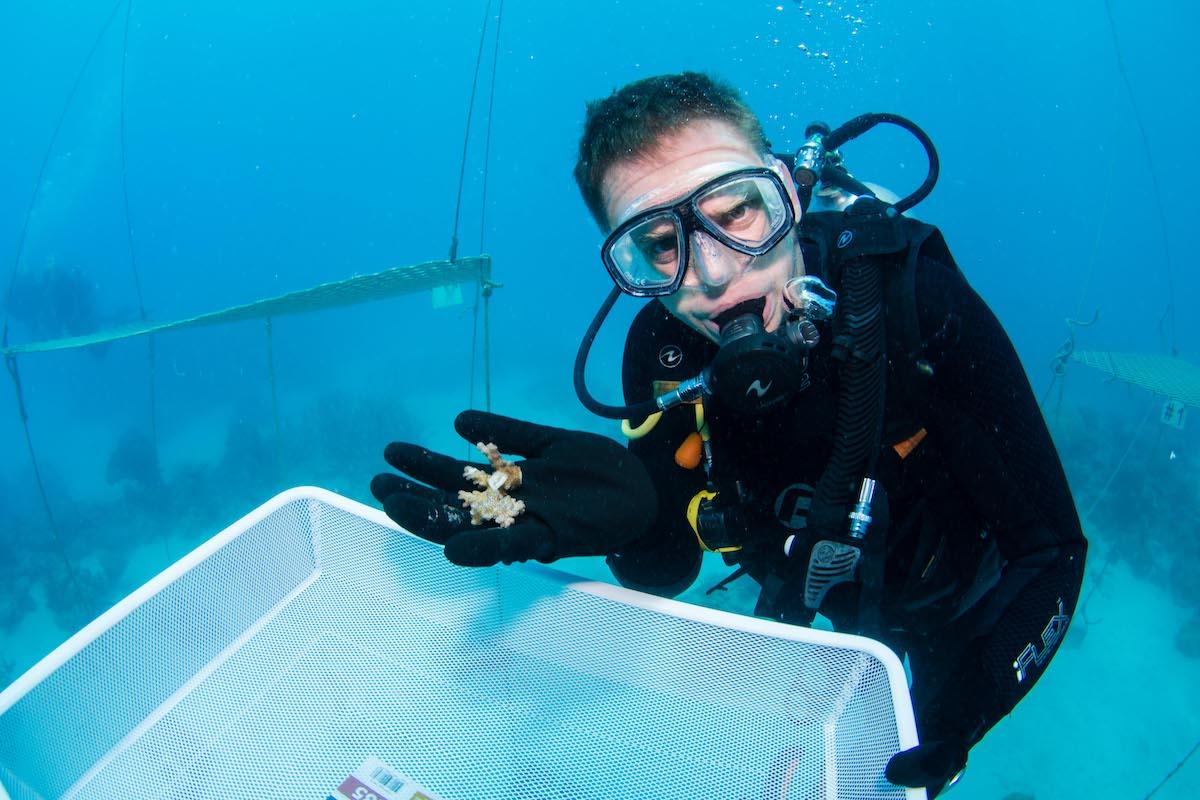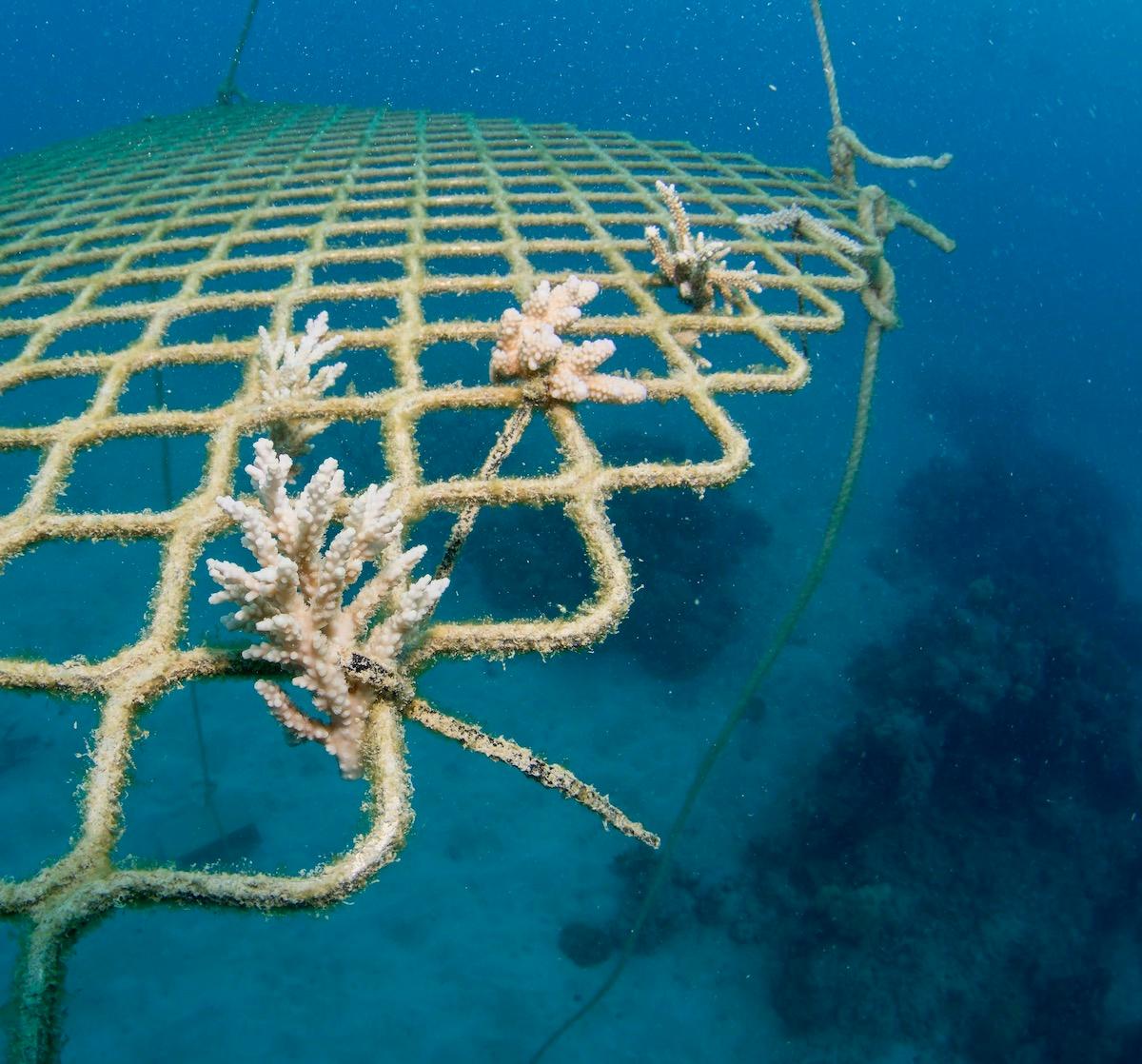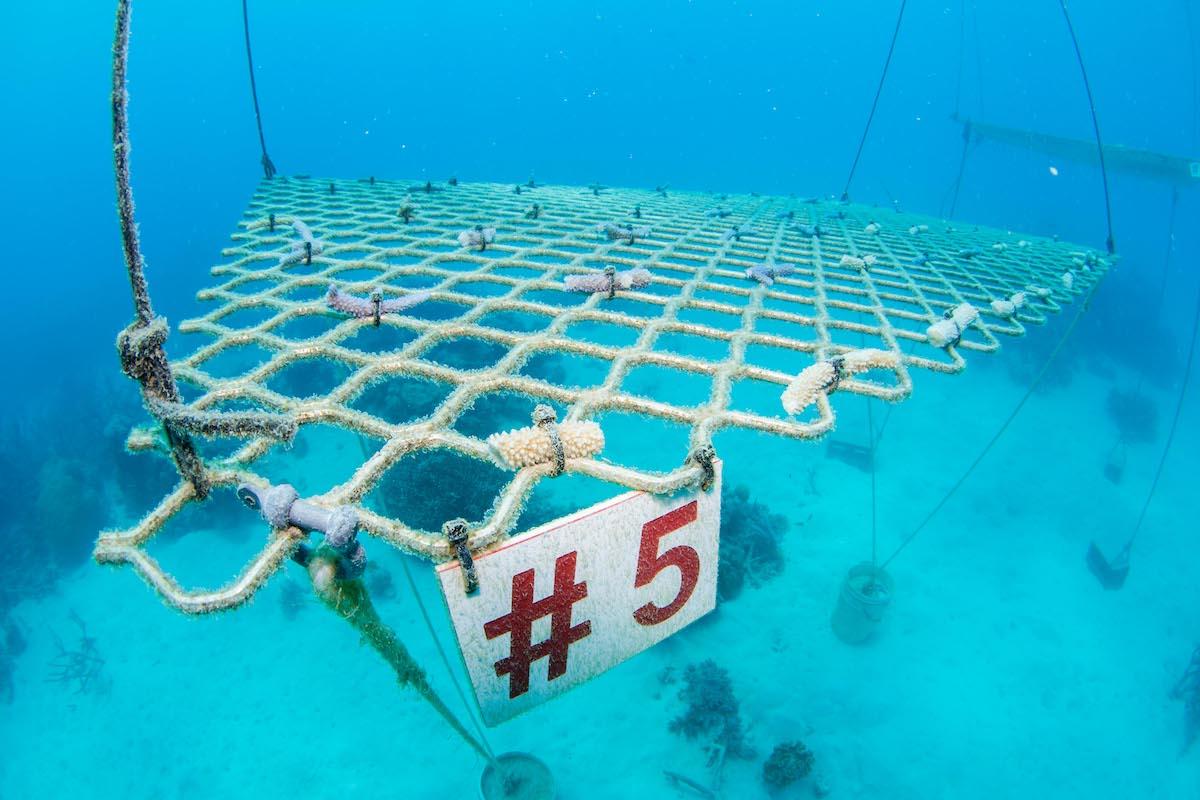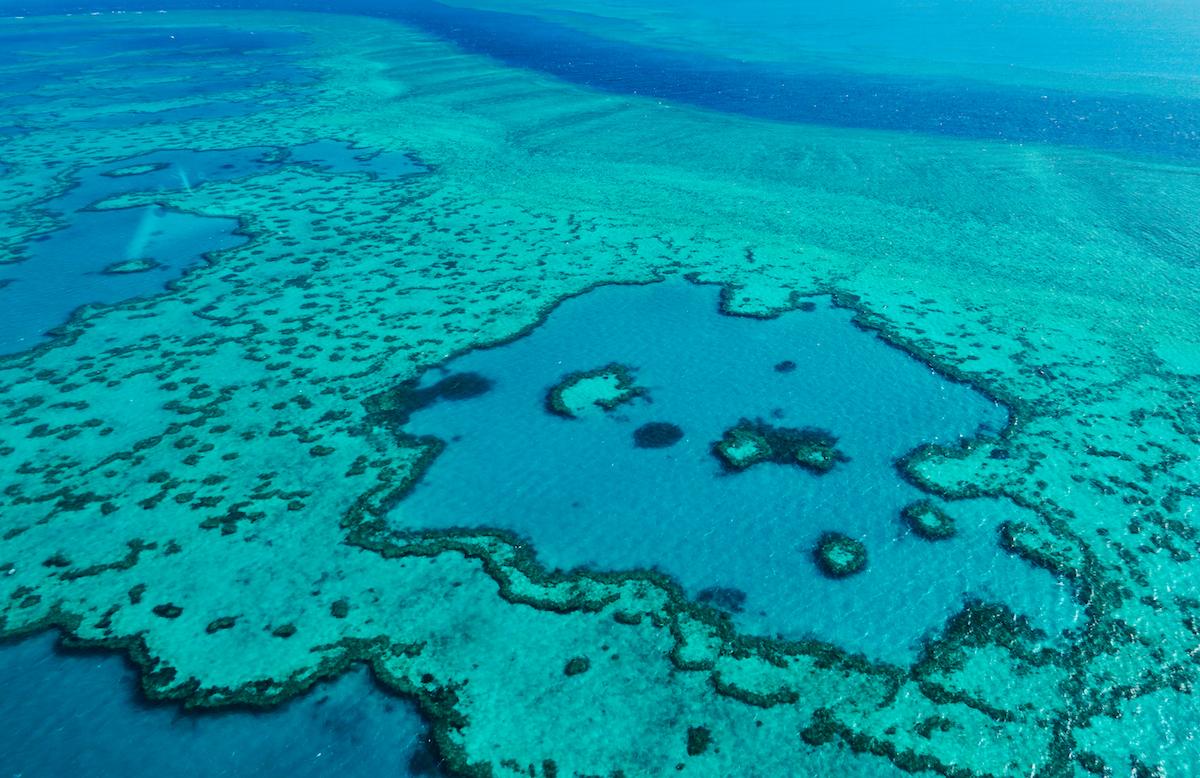Scuba Divers Volunteer to Plant Coral Reefs Along Great Barrier Reef
Australian scuba diving tour guides are planting coral in the Great Barrier Reef.
Updated April 29 2020, 4:13 p.m. ET

Even though wearing a face mask and keeping 6 feet of distance between others is certainly possible while scuba diving, Australian scuba diving tourism company Passions of Paradise is temporarily closed due to the COVID-19 pandemic. However, the company’s instructors are taking advantage of their free time and scuba gear by planting coral in the Great Barrier Reef.
Passions of Paradise is a family-owned eco-tourism company based in Cairns, Australia that takes customers on scuba diving, snorkeling, and boat tours of the Great Barrier Reef. As the company’s CEO Scott Garden explained in press materails shared with Green Matters, the company let a crew of four divers and one scientist take the catamaran Passions III to the Hastings Reef (one of nearly 3,000 of reefs that make up the Great Barrier Reef) for the Coral Nurture Program.
So far, the project has planted more than 1,000 pieces of coral on Hastings Reef, known as a coral nursery, using the coral clip technique — more on that below.

Passions of Paradise is one of five local reef tour companies participating in the program; the others are Wavelength, Ocean Freedom, Sailaway, and Quicksilver Cruises, according to travel news website Karryon. Along with Garden, two Passions of Paradise Master Reef Guides (marine biologist Kirsty Whitman and Environmental Sustainability Coordinator Russell Hosp) have been volunteering on-site to help with this project, which is managed by the Dr. David Suggett of the University of Technology Sydney.
Lorna Howlett, project coordinator and PhD student at the University of Technology Sydney, says this is the first time tourism operators have worked alongside researchers in the Great Barrier Reef; but more importantly, it’s the first time that coral clipping has been used to attach corals to the reef.
What is coral clipping?

“[Coral clipping] involves finding fragments of opportunity – coral fragments that have naturally broken off – and attaching them back on to the reef using a coral clip,” Howlett said in a statement shared with Green Matters.
“We can only use fragments of opportunity found at the site, so Passions of Paradise has installed six frames at the site which can be used as a nursery to grow more corals," she continued. "Once they find a coral fragment they attach it to the nursery to grow and as it grows they can take fragments from it to attach to the reef giving them a continual source of new corals.”
Why are coral reefs important?

Coral reefs are networks of underwater structures made up of coral, which are the skeletons of colonial marine invertebrates, according to Live Science. Basically, coral reefs are underwater ecosystems, providing endless benefits to marine life.
They provide habitats and shelter for marine animals; they support underwater biodiversity; they absorb energy from waves, which protects people who live along coasts; they reduce the damage of storms and extreme weather events; they can be used to develop new medications; and coral reefs help boost tourism and the economy in coastal areas.
The Great Barrier Reef is the biggest coral reef system in the world.

GREAT BARRIER REEF, AUSTRALIA - NOVEMBER 20: Aerial view of coral banks, reef systems and the pacific ocean on November 20, 2015 in Great Barrier Reef, Australia.
The Great Barrier Reef is “great” for a reason — it accounts for 10 percent of the planet’s coral reef ecosystems, according to the Australian Government. It is made up of nearly 3,000 individual reefs and 900 islands, and it spans more than 2,300 kilometers (1,429 miles), according to Sightseeing Tours Australia; additionally, it provides habitats for thousands of species of fish as well as hundreds of other marine species, as per the NOAA.